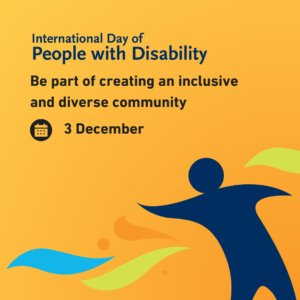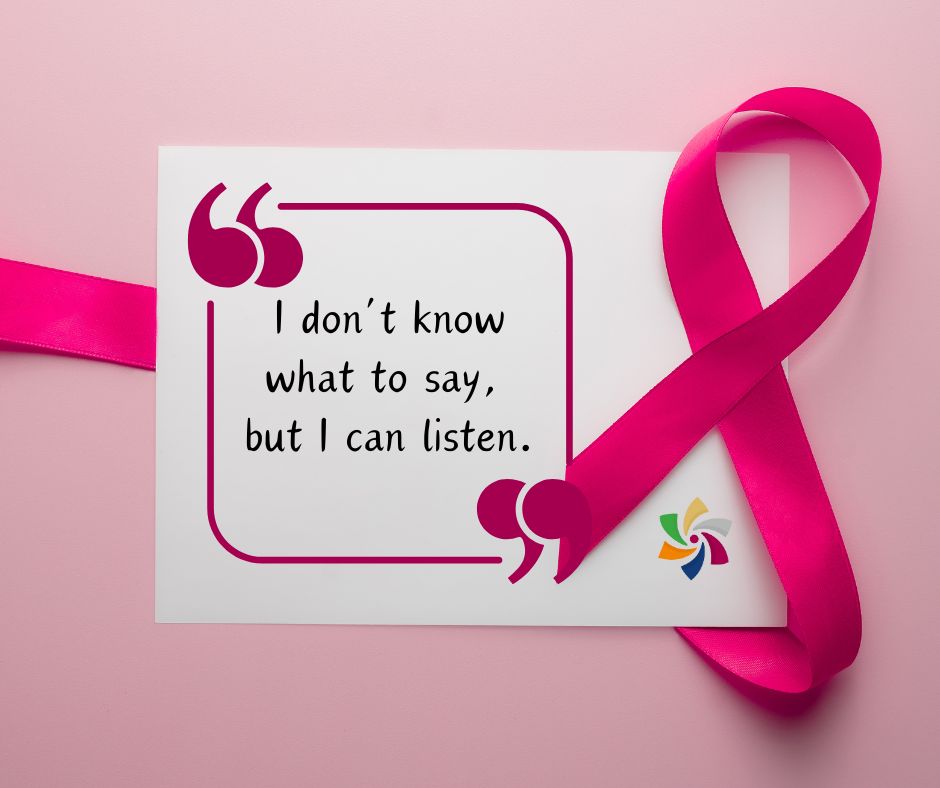
It’s that time of year again: Kris Kringle, Secret Santa or end-of-year appreciation Christmas gift for staff and no idea what to buy.
Whatever you have to give someone you work with in December, it can be very stressful when you don’t know what to get them (and you don’t want to look like you’ve never noticed them until you drew their name).
Maybe you’re a scrooge and everyone gets a “bah humbug” instead, despite psychology and neuroscience suggesting that gifting actually makes us feel good.
To maximise the benefits of gift-giving, we’re advised to take the time and make the effort to savour the act and not let it add to end of year stress.
Here’s your perfect gift guide unwrapped so you can recognise and reward your people with really relevant Christmas gifts.
Giving the same Christmas gift to everyone is convenient and ‘fair’, but is it meaningful?
Team leaders should know enough about their people to be able to organise something for each one that says, “I recognise what matters to you”… especially since A Great Place To Work survey found that “Recognise me” is the most important driver of great work (37%) and that people who feel recognised are twice as likely share new ideas, which boosts innovation and commercial competitiveness.
Recognition is not just about acknowledging the work effort. It’s about acknowledging what motivates the effort and engagement.
That’s why True Colors training is so valuable.
Rooted in psychological theory, it’s a framework that identifies each person’s brightest colour (dominant traits) as either Orange, Blue, Green, or Gold. It’s a shorthand code for understanding behaviours, communication styles and choices.
Gift-giving that demonstrates you recognise each person’s interests, joys and strengths is incredibly meaningful. In turn, it boosts workplace morale and job satisfaction.
It also means you haven’t fallen into the trap of giving gifts you’d like to receive yourself or you think will elicit the biggest “wow!” response to satisfy your own need for recognition.
What really makes a “wow” giving and receiving moment?
According to the Association for Psychological Science, givers are more likely to choose gifts they think will elicit a strong immediate reaction rather than something that offers personal satisfaction for the recipient.
National University of Singapore researcher Adelle Yang and her colleague Oleg Urminsky from the University of Chicago’s Booth School of Business tested their “smile-seeking hypothesis” in various studies. They discovered that givers’ propensity for “wow” gifts disappeared when they learned they wouldn’t be able to see the recipient’s reaction.
The people you gift to are more likely to give you the “wow” response when they realise that you have made the effort to find something that has meaning for them.
The True Colors gift-giving guide
This list will save you some thinking-about-it time, especially if you already know your team’s True Colors composition.
Orange: The Adventurous Spirit
Personality Traits: Energetic, spontaneous, action-oriented
Insight: Oranges are more likely to value ‘doing’ and group experiences over objects, preferring to be in the moment and making a memory rather than keeping something 3D. Leaf Van Boven and Thomas Gilovich’s research showed that experiential purchases, such as travel or events, yield greater happiness than material goods because they foster lasting memories and social connection.
Gift Ideas: Escape room tickets, concert tickets, vouchers for rock climbing, go-karting or mini-golf, adventure gear, latest gadgets that spark excitement
Blue: The Compassionate Soul
Personality Traits: Empathetic, caring, relationship-focused
Insight: Because of their abundance of mirror neurons that trigger syncing emotionally with others, Blues value personalised gifts and gestures of social impact. Such expressions of connection enhance existing bonds and strengthen feelings of belonging and loyalty.
Gift Ideas: Handcrafted keepsakes, framed photos, charitable donation in their name
Green: The Analytical Mind
Personality Traits: Logical, curious, problem-solving
Insight: Greens like to take their time learning about things, which is why they prefer functional and intellectually stimulating gifts that challenge them to create or achieve something tangible
Gift Ideas: Non-fiction books on their favourite topics, hobby kits, high-tech tools
Gold: The Stabilising Force
Personality Traits: Organised, dependable, traditional
Insight: Value, durability, and structure matter to Golds, so they appreciate high-quality, classic gifts with elegant lines and practical purposes. Aesthetically pleasing with functionality sums it up.
Gift Ideas: Premium pens and planners, fine wines, crystal vases
While thoughtful, personalised gifting may not be as quick and easy as volume orders or picking presents you’d like for yourself, it is more memorable and appreciated.
So you’re better prepared for buying gifts for your team next season, book a complimentary, unconditional Tell Me More call.
Book a Tell Me More Call
Tap back to Communisence for more practical tips




